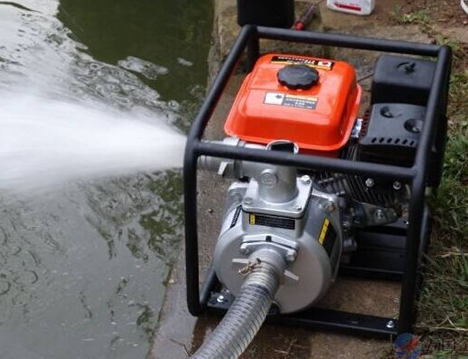General precautions for water pump use
The general precautions for the use of water pumps mainly include the following aspects:
1. Preparation before starting
Check the insulation resistance: Use a megohmmeter to measure the insulation resistance between the coil and the ground and between the coils to ensure that the insulation resistance value is within the specified range to ensure the safety of the motor.
Confirm the power supply and motor rotation direction: The rotation direction of the power supply should be clear, and the three-phase current should be correctly connected to the motor terminal to ensure that the rotation direction of the motor is counterclockwise from the side of the water pump. The water pump cannot run in reverse for more than 1 second.
Check the current balance: When the imbalance of the three-phase current resistance reaches more than 5%, the motor cannot be started. The cause of the imbalance should be found and eliminated before starting.
Filling and exhausting: Make sure the inlet valve is open, the liquid fills the inside of the water pump, the inlet piping system and the rotor chamber space of the motor, and the internal gas is discharged to avoid dry running.
2. Operation process
Gradually open the valve: After starting the water pump, the outlet valve should be opened slowly, and after a short period of operation and checking that all parameters are normal, gradually adjust to the working point flow.
Observe the operating status: During operation, pay attention to the outlet pressure gauge pointer, current value, sealing point, bearing monitor pointer, abnormal sound and vibration, etc. to ensure the normal operation of the water pump.
Avoid reverse operation: If the water pump is found to be reversed, stop the pump immediately and contact the electrician to rewire.
3. Daily maintenance
Regular cleaning: After each use, the water in the water pump should be drained, and the water pipe should be removed as much as possible to rinse with clean water to keep the inside of the water pump clean.
Check the seal: The interface between the water pump and the pipe should be well sealed to prevent debris from entering and damaging the inside of the water pump.
Check the impeller and bearing: Carefully check whether the impeller is cracked or loose, whether the bearing is worn, and repair and clean the dirt on the impeller in time.
Lubricate the bearing: After long-term use, the water pump bearing may wear, and a layer of lubricating oil should be applied to the bearing to protect the bearing.
Maintenance tape: The tape on the water pump should be removed and rinsed after use and dried in a light place. Avoid placing it in a dark and humid place, and do not get it stained with oil or sticky things.
IV. Other precautions
Avoid running with faults: The water pump cannot continue to work if there is any minor fault, and it should be repaired in time.
Dealing with abnormal situations: If the pump makes abnormal noises, the motor is abnormally hot or leaks, the power supply should be cut off immediately and professional maintenance personnel should be contacted.
Winter insulation: In winter, outdoor water pumps need to be well insulated to prevent low temperatures from freezing the water pumps.





